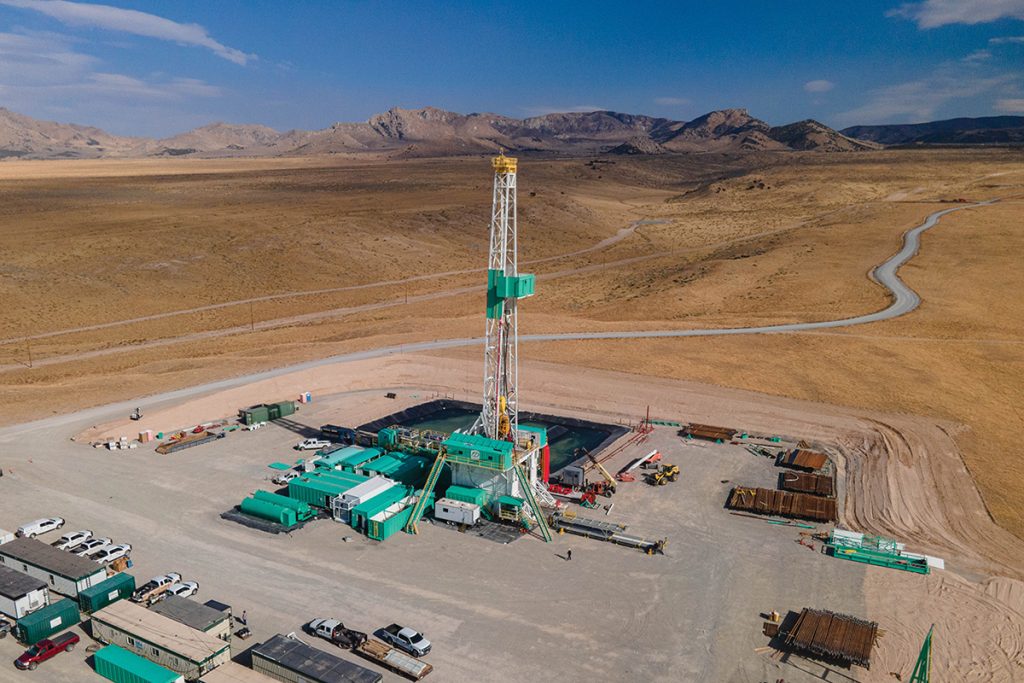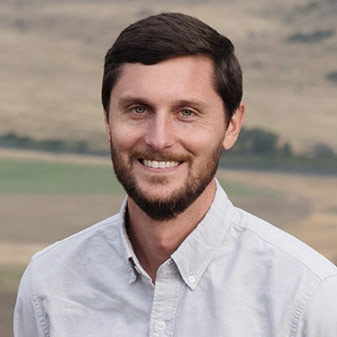
This article was originally published by Reason.
If you could power large swaths of the United States with carbon-free energy but had to sacrifice one endangered species in exchange, would you do it?
That exact choice may be fantastical, but an episode playing out near Fallon, Nevada, provides a real-world example of the tradeoffs between environmental progress and environmental protections.
Last week, the largest geothermal company in the nation threatened to sue the federal government over an endangered species decision that could derail its plans to supply Californians with emissions-free electricity. The company, Ormat, claims that the government hastily and erroneously listed the Dixie Valley toad as endangered last year. The decision halted construction of its 12-megawatt Dixie Meadows geothermal plant. (To be clear, the company does not plan to exterminate the toad; it says it can build and operate the facility in a way that will not disturb a nearby area of hot springs and wetlands that sustains the species.)
The story reveals a conflict between several of the Biden administration’s aims. It wants the country to run entirely on clean energy by 2035, yet it also aims to increase protections for rare species, conserve vast landscapes, and champion Native American rights. Each aim may be noble on its own merits. But no one can have their cake thrice and eat it too.
After spending about 15 years exploring the project’s feasibility, navigating the federal permitting process, and beginning construction, Ormat finally had the Dixie Meadows geothermal plant on pace to provide electricity by the end of 2022. In April of that year, however, the Biden administration filed an emergency endangered listing for the Dixie Valley toad. The animal exists nowhere else and had been classified as a distinct species five years earlier. In August, Ormat reached an agreement with an environmental litigator and a local tribe to pause construction while awaiting a final decision on the species. By December, instead of geothermal energy powering 12,000 Southern California homes, the feds had formally listed the toad as endangered, halting the plant indefinitely.
Dixie Valley is more than 100 miles east of Reno along a desert route so remote and unremarkable that it’s been described as the “loneliest road in America.” It remains revered by the Paiute and Shoshone people, who still hunt in the area and wade in what they consider to be sacred healing waters of its hot springs. “We don’t have a church that’s in a building, like a Catholic church or a Mormon church or a Presbyterian church,” Leanna Hale, a resources director for the Fallon Paiute Shoshone Tribe, told The Washington Post last year. “This is our church.” The tribe has lobbied for 3 million acres in the region to be designated as a national monument.
The concern over the project at Dixie Meadows is that producing geothermal electricity there will upset a delicate landscape. Geothermal plants use wells to harness steam generated by the Earth’s heat. They also use so-called injection wells to put water back into the system, which maintains pressure and ensures steam continues to be produced. Conventional geothermal facilities are viable where a lot of heat rises to the Earth’s surface—Iceland, for instance, or the types of places that sometimes also support hot springs Native Americans cherish and rare toads dwell in. Disrupting the pressure, temperature, or other aspects of geothermal features could risk altering distinct habitat.
Concerns over the impacts of renewable-energy development are nothing new. In this case, the conflict is over a toad that scientists only recently determined was appreciably different from other western toads. Yet similar issues arise when constructing arrays of solar panels that disturb desert tortoises or farms of wind turbines that kill protected eagles. And it’s just as true of mining the materials that it would take to manufacture equipment and infrastructure to generate and transmit clean electricity to the entire nation.
One project being stymied by environmental and tribal objections in what is reportedly one of the loneliest places in America should raise questions about where future energy projects might actually be allowed. At the very least, it does not bode well for visions of a carbon-free future any time soon. Environmentalists may trumpet the need for clean energy, but too many of them don’t want it here, and they definitely don’t want it there—and probably not there either, just to be safe.
In fact, concern over geothermal energy isn’t even confined to one remote Nevada site. The Center for Biological Diversity, a high-profile environmental litigation group, brought the original lawsuit together with the Fallon tribe to block Ormat’s Dixie Meadows project. Last year, it also petitioned the federal government to protect the bleached sandhill skipper butterfly. “The butterfly is restricted to a single alkali wetland in Humboldt County, Nevada,” the group notes, and “could face extinction if the Baltazor Geothermal Development Project, proposed by developer Ormat, proceeds.”
The Center filed 266 lawsuits against the Trump administration, equal to about one legal challenge every five-and-a-half days. In the first three months of 2023, it has already sued the Biden administration 28 times, or once every three days.
Maybe there will be other places in Nevada suitable for geothermal plants that do not attract legal challenges on endangered species grounds. Maybe other wind, solar, or—dare I say it—nuclear projects will ultimately prevail over environmental NIMBY opposition. But no one can escape the reality that any choice entails tradeoffs—and that will sometimes mean making hard choices between progress and preservation.
What if there was a way to power the country with clean energy without having to sacrifice rare wildlife habitats? Technological advances that have made geothermal energy popular with some environmentalists were, funnily enough, driven by the fracking boom. Those advances might eventually make hard choices easier by lowering the costs of progress. Part of geothermal’s appeal is that, if the technology can be sufficiently developed, then it could hypothetically be deployed anywhere—even, say, beneath cities rather than on unique landscapes.
That potential will somewhat depend on federal permitting and red tape not grinding progress to a halt, and environmentalists would be wise to support reforms that “let us build.” Because even if one day geothermal plants can be sited anywhere, if we want to reap clean energy from them, then they will have to be sited somewhere.



